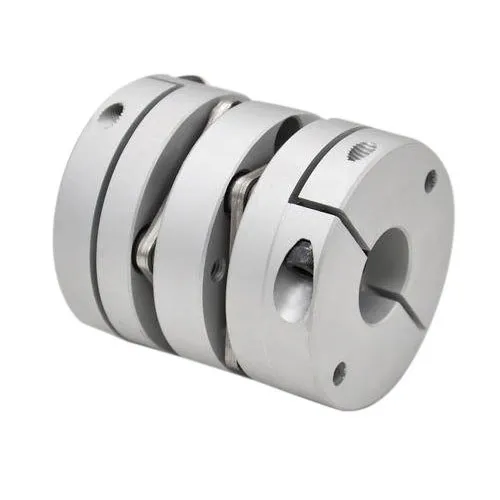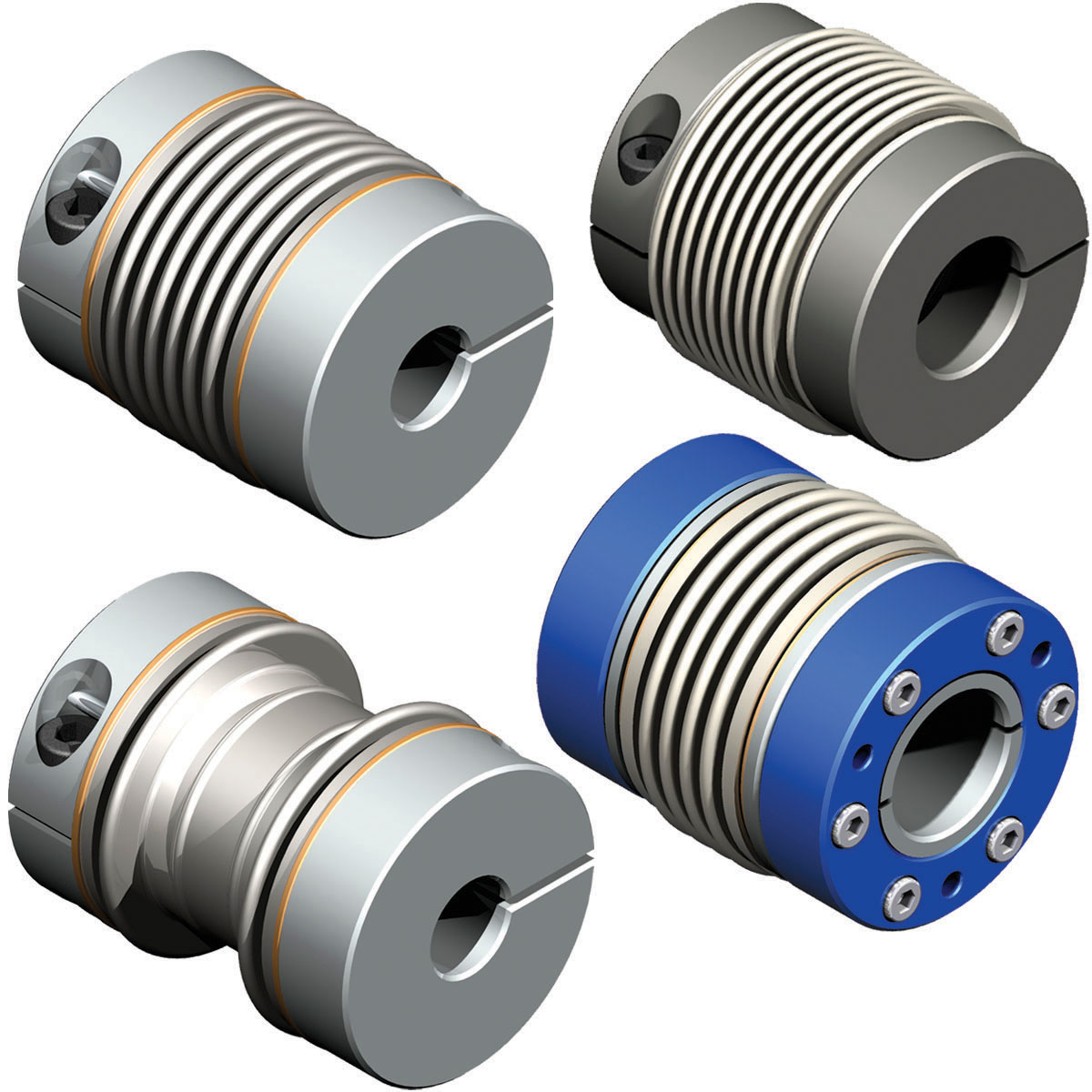Product Description
| Item No. | φD | L | L1 | L2 | M | Tighten the strength(N.m) |
| SG7-6-40- | 40 | 55 | 19 | 24 | M3 | 3 |
| SG7-6-55- | 55 | 65 | 22 | 31 | M4 | 6 |
| SG7-6-65- | 65 | 76 | 27 | 37 | M5 | 8 |
| SG7-6-82- | 82 | 88 | 32 | 41 | M6 | 10 |
| SG7-6-90- | 90 | 88 | 32 | 41 | M6 | 12 |
11111111111111111111111111111111111111111111111111111111111111111111111111111111111111111111111111111111111111111111111111111111111111111111111111111111111111111111111111111111111111111111111111111
1111111111111111111111111111111111111111111111111111111111111111111111111111111111111111111111111111111111111111111111111111111111111111111111111111111111111111111111111111111111111111111111111111111112111111111111111111111111111111111111111111111
| Item No. | Rated torque | Maximum Torque | Max Speed | Inertia Moment | N.m rad | RRO | Tilting Tolerance | End-play | Weight:(g) |
| SG7-6-40- | 13N.m | 26N.m | 8000prm | 9×10-5kg.m² | 15×103N.m/rad | 0.15mm | 2c | 1mm | 231 |
| SG7-6-55- | 28N.m | 56N.m | 6000prm | 2.9×10-4kg.m² | 28×103N.m/rad | 0.2mm | 2c | 1.5mm | 485 |
| SG7-6-65- | 60N.m | 120N.m | 5000prm | 4.6×10-4kg.m² | 55×103N.m/rad | 0.25mm | 2c | 1.5mm | 787 |
| SG7-6-82- | 150N.m | 300N.m | 4500prm | 1.1×10-3kg.m² | 110×103N.m/rad | 0.28mm | 2c | 1.5mm | 1512 |
| SG7-6-90- | 200N.m | 400N.m | 4000prm | 2×10-3kg.m² | 140×103N.m/rad | 0.3mm | 2c | 1.5mm | 1800 |
/* March 10, 2571 17:59:20 */!function(){function s(e,r){var a,o={};try{e&&e.split(“,”).forEach(function(e,t){e&&(a=e.match(/(.*?):(.*)$/))&&1

Thermal Considerations and Limits for Continuous Operations with Servo Couplings
Servo couplings, like many mechanical components, can experience temperature changes during continuous operation. It is essential to consider thermal factors and establish temperature limits to ensure the proper functioning and longevity of the couplings. Here are the key thermal considerations and limits:
- Temperature Ratings:
Manufacturers provide temperature ratings for servo couplings, indicating the range of temperatures in which the couplings can operate safely. It is crucial to stay within these specified temperature limits to prevent potential damage to the coupling or its connected components.
- Heat Dissipation:
Servo couplings may generate heat during operation due to friction and torsional loads. The ability of the coupling to dissipate heat effectively helps prevent excessive temperature rise. Choosing a coupling with suitable materials and design can improve heat dissipation.
- Continuous vs. Intermittent Operation:
Servo couplings may have different thermal limits for continuous operation compared to intermittent or start-stop operations. It is essential to ensure that the coupling’s temperature ratings are suitable for the application’s specific mode of operation.
- Environment:
The operating environment can also impact the thermal performance of the servo coupling. High ambient temperatures, confined spaces, or inadequate ventilation can elevate the temperature around the coupling, potentially pushing it beyond its limits.
- Lubrication:
Proper lubrication of the coupling’s components can help reduce friction and heat generation. Using the right lubricant and ensuring regular maintenance can contribute to the coupling’s optimal thermal performance.
- Thermal Expansion:
Thermal expansion of materials can lead to dimensional changes in the coupling. If not accounted for, this expansion can cause misalignment or interference with other components. Understanding the thermal expansion properties of the coupling materials is crucial for precise system design.
- Overheating Prevention:
To prevent overheating, monitoring the coupling’s temperature during continuous operations is advisable. Implementing temperature sensors or thermal monitoring systems can help detect abnormal temperature increases and trigger appropriate actions, such as reducing operating speeds or shutting down the system temporarily.
- Material Selection:
Choosing materials with appropriate thermal properties is vital for withstanding continuous operations. Some materials are more resistant to high temperatures and thermal cycling, making them suitable for applications with demanding thermal conditions.
By considering these thermal considerations and adhering to the specified temperature limits, users can ensure that servo couplings operate reliably and efficiently during continuous operations, avoiding potential failures and ensuring the longevity of the motion control system.

Considerations for Selecting Servo Couplings in High-Speed Applications
High-speed applications present unique challenges that require careful consideration when selecting servo couplings. Here are specific factors to keep in mind:
- Torsional Stiffness: In high-speed applications, torsional stiffness is crucial to ensure rapid response and accuracy. A coupling with sufficient torsional stiffness reduces torsional deflection and maintains precise motion control even at high speeds.
- Dynamic Balance: High-speed operation can magnify any imbalances in the servo system. Choosing a servo coupling with dynamic balance helps minimize vibration and prevents excessive wear on the motor and bearings.
- Material Selection: The material of the servo coupling should be carefully chosen to withstand the high rotational speeds and avoid resonance issues. Consider materials with high strength, low inertia, and excellent fatigue resistance to ensure reliability in high-speed applications.
- Backlash: High-speed systems require quick changes in motion direction. Selecting a zero-backlash coupling reduces the chances of sudden impacts and vibrations due to backlash, ensuring smooth and accurate motion.
- Inertia: The inertia of the servo coupling should be minimized to reduce the system’s overall inertia and allow for rapid acceleration and deceleration without sacrificing performance.
- Temperature Resistance: High-speed operation can generate heat, so the chosen coupling should have good temperature resistance to prevent premature failure or deformation.
- Bearing Loads: Consider the loads exerted on the motor and driven load bearings at high speeds. The coupling should be capable of handling these loads without causing excessive wear on the bearings.
- Installation and Alignment: Proper installation and alignment of the servo coupling are critical in high-speed applications. Ensure precise alignment to avoid introducing additional stresses and misalignments that can compromise system performance.
- Service Life and Maintenance: Evaluate the expected service life of the servo coupling under high-speed conditions and consider the maintenance requirements to ensure long-term reliability.
By considering these specific factors, engineers can select the most suitable servo coupling for high-speed applications, optimizing performance, accuracy, and efficiency while minimizing wear and vibration issues.

Types of Servo Couplings Used in Industrial Automation
Industrial automation often relies on servo couplings to achieve precise motion control and power transmission between servo motors and driven loads. Different types of servo couplings are available, each designed to suit specific application requirements. Here are some common types of servo couplings used in industrial automation:
- Flexible Beam Couplings: Beam couplings are made of a single piece of material with cuts along the length of the coupling, resembling multiple helical beams. They offer flexibility in multiple directions and can handle angular and axial misalignments. Beam couplings are well-suited for applications that require high torsional rigidity and low inertia, making them ideal for high-speed and high-precision systems.
- Bellows Couplings: Bellows couplings consist of a thin-walled metal bellows element that allows angular and axial misalignments. They provide excellent torsional stiffness and low backlash, making them suitable for applications requiring high precision and torque transmission. Bellows couplings are also known for their ability to handle high-speed applications while maintaining accuracy.
- Oldham Couplings: Oldham couplings have three components: two hubs and a center disc. The center disc connects the hubs and allows misalignment compensation in two directions while eliminating backlash. These couplings are effective in applications that require high torque transmission and moderate misalignment tolerance.
- Servo Motor Couplings: Servo motor couplings are specifically designed for use with servo motors. They are versatile and can come in various configurations, such as jaw-type, disk-type, or elastomeric couplings. They offer good misalignment compensation and are suitable for medium- to high-torque applications with moderate to high precision requirements.
- Disc Couplings: Disc couplings consist of thin metal discs stacked alternately to allow angular misalignment. They offer high torsional stiffness and can handle high torque loads while maintaining accurate motion. Disc couplings are commonly used in high-performance servo motor applications where precision and reliability are critical.
- Jaw Couplings: Jaw couplings have two hubs with elastomeric elements in between. They are capable of compensating for small amounts of angular, parallel, and axial misalignments. Jaw couplings are popular in light to medium-duty applications due to their simplicity, cost-effectiveness, and ease of installation.
When selecting a servo coupling for industrial automation, it is essential to consider factors such as torque capacity, misalignment compensation, speed, precision, and environmental conditions. Each type of servo coupling offers distinct advantages and limitations, so choosing the most suitable type will depend on the specific requirements of the application.


editor by CX 2024-02-21
